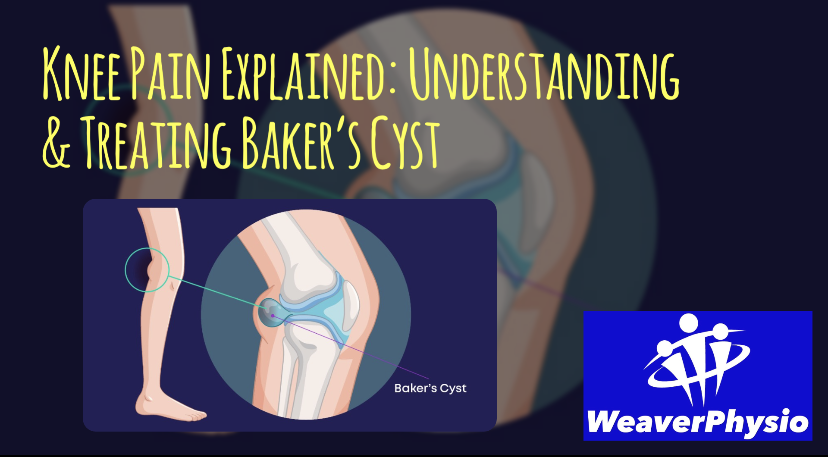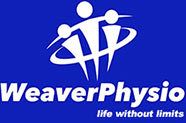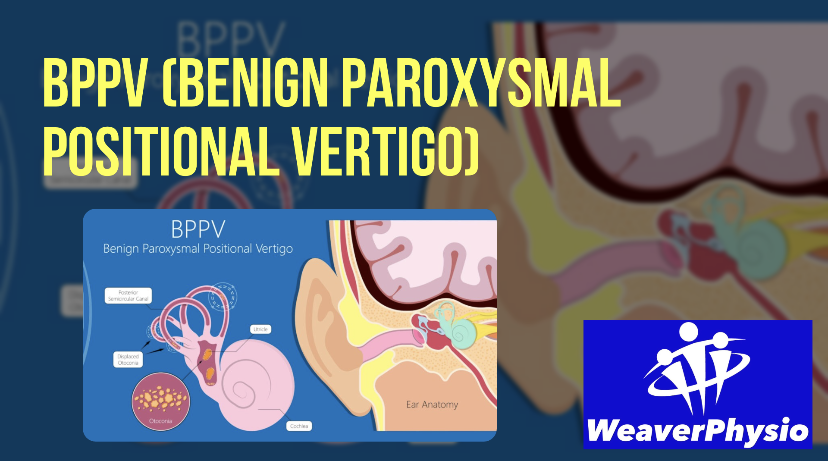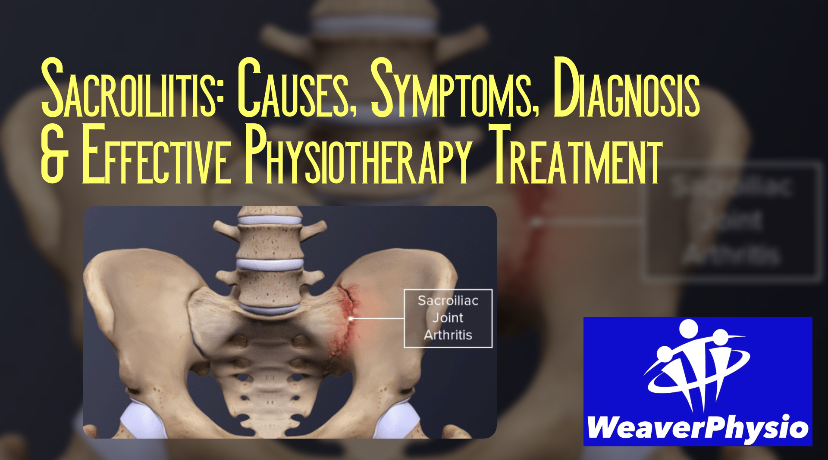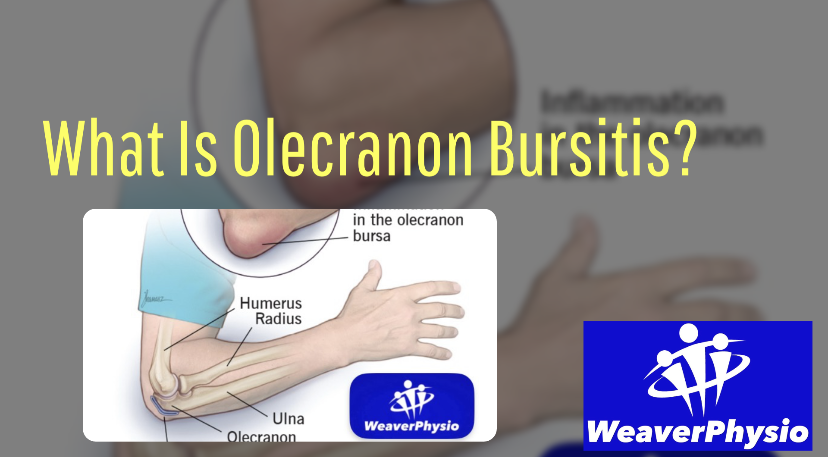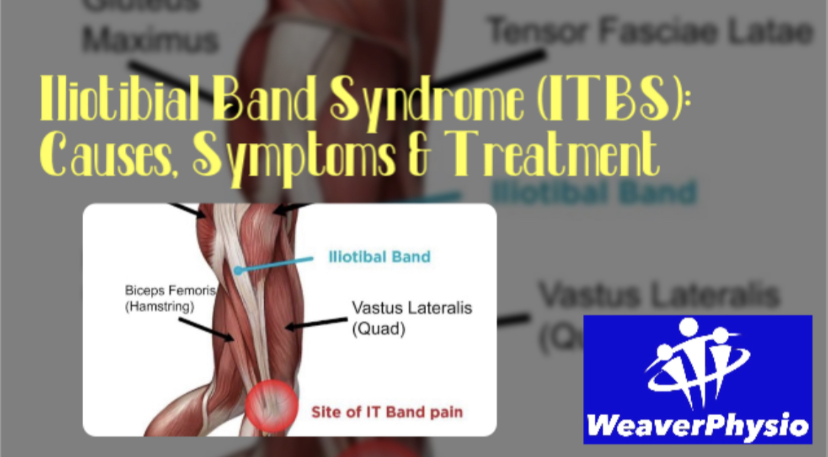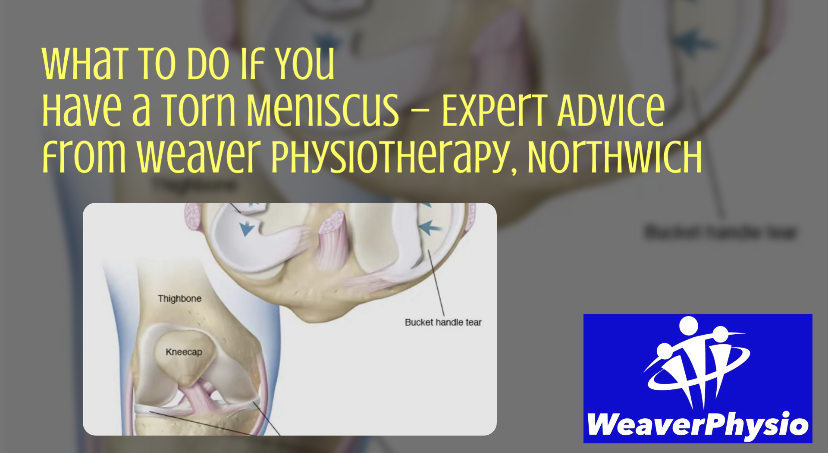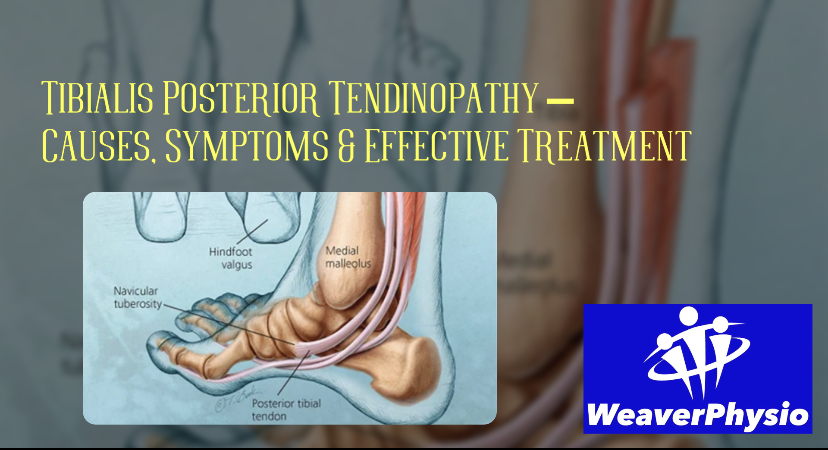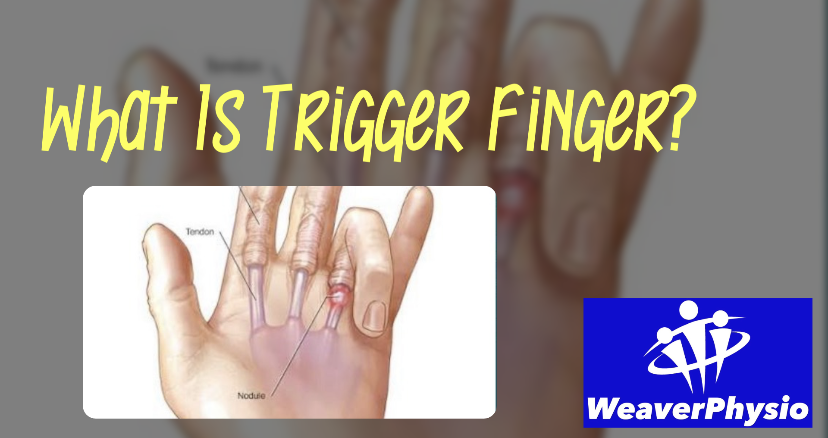Hip Extension: The Secret to Unlocking Athletic Power
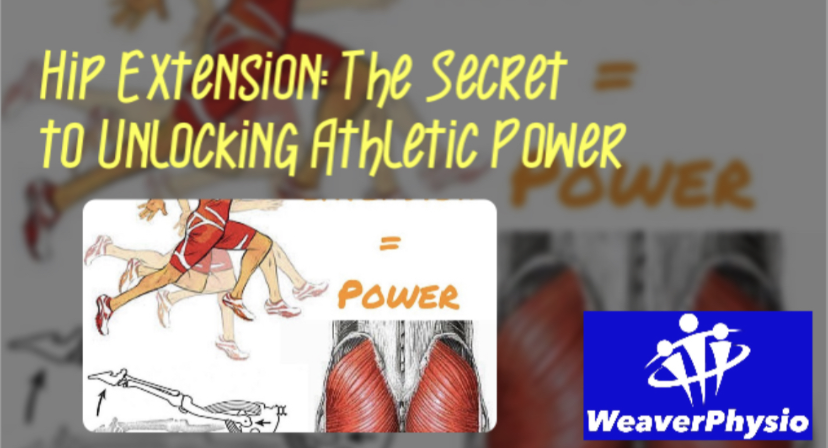
Introduction
When it comes to athletic performance, many athletes focus on strength, speed, and endurance. But one fundamental movement pattern often gets overlooked: hip extension. Without strong, mobile hips, your ability to run faster, jump higher, and stay injury-free is compromised.
At Weaver Physiotherapy & Sports Injury Clinic in Northwich, Cheshire, we regularly see student athletes, runners, and active individuals whose performance is limited by poor hip extension. The good news? With the right treatment, exercises, and recovery strategies, you can unlock hip mobility, restore full function, and unleash more power in your sport.
This article explores why hip extension is so important, what causes limitations, and how targeted physiotherapy and strength work can make a huge difference.
What Is Hip Extension?
Hip extension is the movement where your thigh moves backwards behind your body, powered mainly by the gluteus maximus and hamstring muscles. It’s a key component of running, sprinting, jumping, and even walking.
Whenever you push off the ground in a stride, rise from a squat, or drive forward in a jump, your hips extend. Without full hip extension, your body compensates elsewhere — often overloading your lower back, hamstrings, or knees.
Why Hip Extension Is Crucial for Athletes
Athletes in every sport rely on hip extension for performance. Here’s why it matters:
1. Running Speed & Stride Length
• Strong hip extension improves stride length and running efficiency.
• Runners with restricted hips often “short stride,” losing power with every step.
2. Explosive Power
• Sprinting, jumping, and Olympic lifts all depend on hip drive.
• More hip extension = more ground force = more athletic power.
3. Injury Prevention
• Limited hip extension forces the lower back or hamstrings to overcompensate.
• This increases risk of hamstring strains, knee pain, and lower back injuries.
4. Posture & Core Stability
• Proper hip extension balances the pelvis, reducing anterior tilt and postural strain.
At Weaver Physio, we call hip extension a “performance multiplier” — the stronger and freer it is, the more everything else improves.
The Problem: Sitting and Student Athletes
One of the biggest causes of hip extension deficits is sitting. When you sit, your hips remain in a flexed position for long periods. Over time, this shortens the hip flexors (particularly the psoas and rectus femoris) and weakens the glutes.
Student athletes are often the most affected. Hours in classrooms or studying at desks leaves their hips tight and their glutes underactive. Even with regular training, those deficits carry over into running and sport, creating a huge “power leak.”
Signs You Have Limited Hip Extension
You might have a hip extension deficit if you notice:
• A shortened stride when running.
• Difficulty engaging glutes in squats or lunges.
• Lower back arching during running or lifting.
• Hamstring tightness or frequent strains.
• Poor hip drive when sprinting or jumping.
At Weaver Physio, we assess hip extension with video gait analysis, mobility testing, and strength assessments as part of our Runner’s MOT and sports injury evaluations.
How to Improve Hip Extension
Restoring hip extension takes a mix of mobility, activation, and strengthening. Here’s how we guide athletes:
1. Hip Mobility Drills
Stretch and mobilise the hip flexors to restore length.
• Half-kneeling hip flexor stretch
• Couch stretch
• Dynamic leg swings
2. Glute Activation
Wake up the glutes so they can do their job.
• Glute bridges
• Banded clamshells
• Single-leg hip thrusts
3. Strength & Power Training
Layer strength and speed once mobility returns.
• Deadlifts
• Kettlebell swings
• Sprint drills
4. Physiotherapy Support
Manual therapy, acupuncture, and sports massage can release tight hip flexors. Shockwave therapy may help in stubborn tendon issues. At Weaver Physio, we build tailored rehab and performance programmes for long-term results.
Hip Extension and Running Performance
For runners, hip extension is everything. Without it, your stride shortens, cadence increases, and efficiency drops. Worse, you increase your risk of shin splints, Achilles pain, or hamstring injuries.
By restoring hip extension, you:
• Run faster and smoother with better stride mechanics.
• Improve economy — using less energy per step.
• Reduce injury risk by letting your glutes and hips take the load.
Our Runner’s MOT at Weaver Physio includes slow-motion video gait analysis, identifying exactly how your hips move when you run. This helps us create a personalised plan to unlock more stride power.
Recovery and Maintenance
Improving hip extension isn’t a one-off fix. It requires consistent mobility and activation work as part of training and recovery.
We recommend:
• Daily mobility drills after long periods of sitting.
• Pre-training activation for the glutes.
• Sports massage or physiotherapy for tissue release.
• Regular reassessment with video analysis to track progress.
By maintaining hip extension, you not only improve performance but also keep injuries at bay, allowing you to train harder and recover quicker.
Weaver Physio: Your Partner in Performance
At Weaver Physiotherapy & Sports Injury Clinic in Northwich, Cheshire, our team has over 70 years of combined clinical experience. We specialise in helping athletes of all levels improve mobility, strength, and performance while staying pain-free.
Our services include:
• Sports Physiotherapy – evidence-based treatment for injury recovery and prevention.
• Video Gait Analysis & Runner’s MOT – pinpointing hidden imbalances.
• Sports Massage & Deep Tissue Massage – releasing tight hip flexors and improving circulation.
• Shockwave Therapy – fast, effective relief for stubborn tendon pain.
• Exercise Rehabilitation – tailored programmes for strength, mobility, and performance.
Whether you’re a student athlete, a weekend runner, or chasing a marathon PB, Weaver Physio is here to keep you moving better, stronger, and injury-free.
📍 Conveniently located in Northwich, Cheshire, we also serve clients from Knutsford, Winsford, Middlewich, Tarporley, and Frodsham.
Frequently Asked Questions (SEO Optimised)
1. Why is hip extension important for runners?
Hip extension improves stride length, running economy, and power, helping runners move faster while reducing the risk of injury.
2. How can I improve hip extension mobility?
Focus on hip flexor stretches, glute activation, and mobility drills. Physiotherapy and sports massage can also help release restrictions.
3. Can sitting too much affect hip extension?
Yes. Prolonged sitting shortens the hip flexors and weakens the glutes, limiting hip extension and athletic performance.
4. What exercises are best for hip extension?
Glute bridges, hip thrusts, deadlifts, kettlebell swings, and sprint drills all improve hip extension strength.
5. Does Weaver Physio offer hip mobility assessments?
Absolutely. Our Runner’s MOT and sports injury assessments include hip mobility, flexibility, and strength testing to identify deficits.
Conclusion
Hip extension is the foundation of athletic power. Whether you’re sprinting, lifting, or running long distances, your hips are the engine that drives performance. Sitting, tightness, and underactive glutes can rob you of strength and increase your injury risk.
The solution? Consistent hip mobility, glute activation, and targeted strength work — supported by expert physiotherapy.
At Weaver Physiotherapy & Sports Injury Clinic in Northwich, we help athletes restore hip extension, boost performance, and maintain an active, pain-free lifestyle.
👉 Book your Runner’s MOT or physiotherapy assessment today and unlock your full athletic potential.
📞 Call 01606 227484 | 🌐 Visit www.weaverphysio.com
